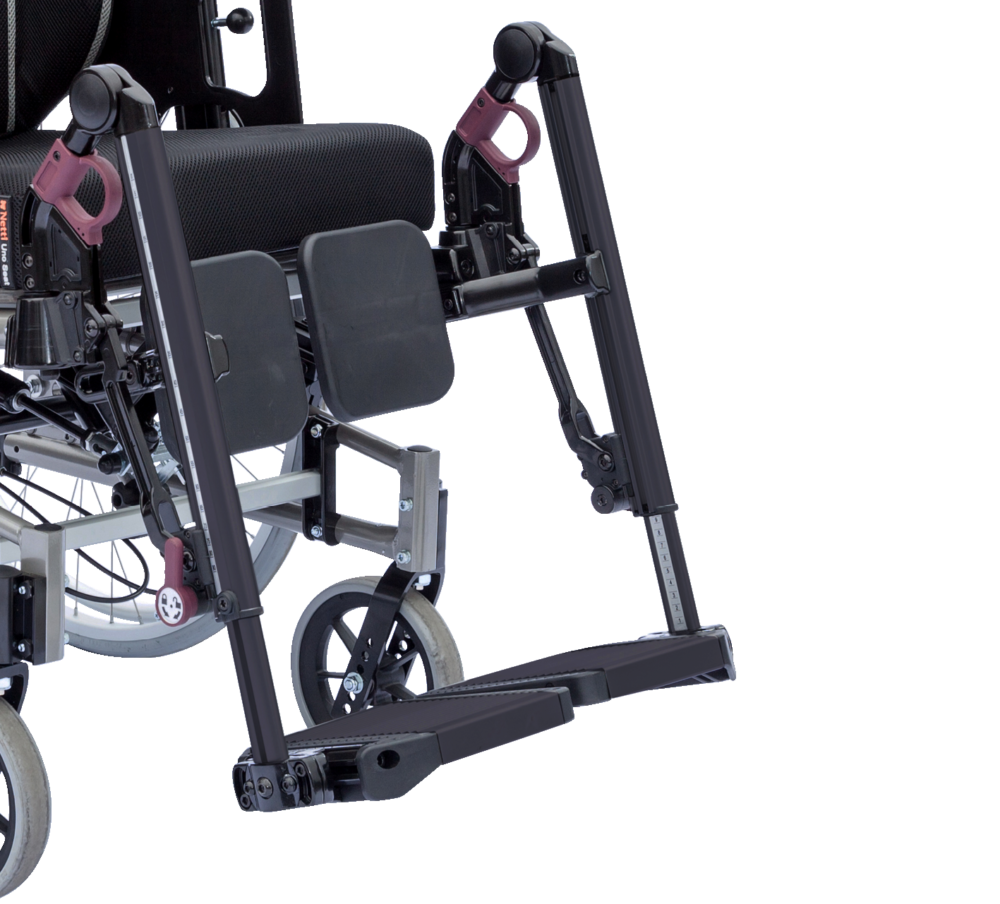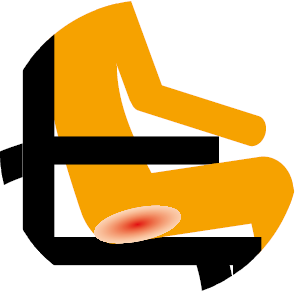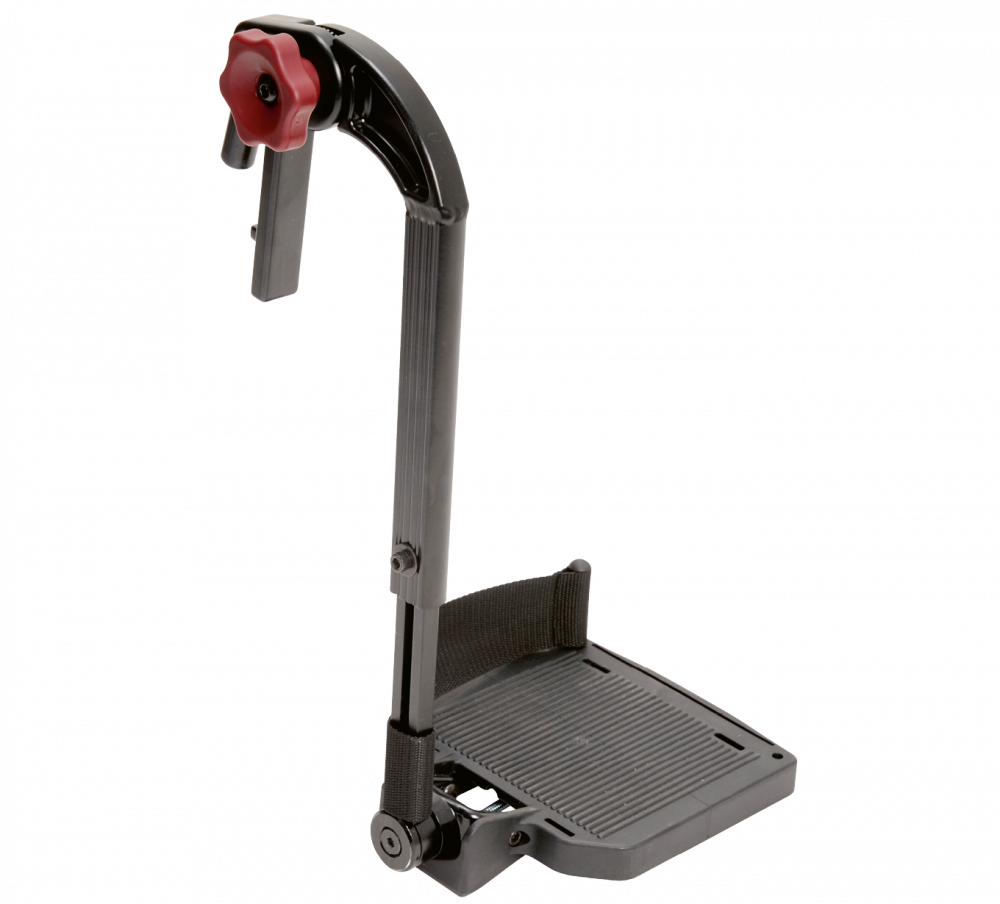Leg supports - an important base for optimum seating positioning
There are 4 main factors which we can influence to make it easier to age with a disability in a wheelchair and these factors are positioning, stability, variation, and skin protection.
In this article we will focus on the importance of correctly assesed leg supports in order to influence these 4 main factors.
In order to keep the correct and optimum position, we need to create a strong base for the whole body. Very often the first choice to create position and stability is the leg supports. If the leg supports are adjusted correctly, the user is in a better position to keep the keep the optimum position – even during variation of the seating position. If the position can be kept in the best possible way, sliding and shearing will be prevented.
Step 1 when adjusting the leg support
At first it is important that the knees can have a relaxed position which means for most people a slightly outward rotation in the hips, resulting in the knees being in a position which is wider than the hips. Many leg supports are too narrow at the knees, and thereby block this slightly outward rotation in the hips. In some cases an abduction of the leg supports can be a good idea to support and enable this outward rotation.
Please do the following experiment: sit on a chair and move your knees away from each other and afterwards towards each other.
Notice the following: The external rotation in the hips when you move your knees away from each other, will stimulate for the external rotation at the upper extremities and “open up” the chest area and stimulate extension in the spine. Moving the knees towards each other will rotate the hips inwards, close the chest and stimulates for unwanted flexion. Think about the position we had when being a foetus before being born, when we were a baby curling up.
It is all about flexing and creating inwards rotation.
Step 2 when adjusting the leg support
The second point to look at is where the feet are placed on the leg supports. Will it be possible to have an almost 90-degree flexion in the knee joint or not, while the feet have a stabile surface to stand on?
If the feet cannot be placed with the knees in about 90-degrees, the user will after a while start to “search” for this 90-degree position, since this creates least tension to the soft tissues. So, when the 90-degree position cannot be created the user will start adding pressure to the calf supports to reach and search for the 90-degree position and in this way pulling themselves forward on the seat cushion. When this happens, the pelvis loosens its position and the user starts increasing the pressure under the seat bones, increasing the shear forces and starts sliding out of the wheelchair.
Read more about pressure ulcerStep 3 when adjusting the leg support
Some users also have short hamstrings. When the hamstrings are short it is important to take as much as possible tension away from these hamstrings to avoid that the hamstrings pull the pelvis in a posterior tilted position. A posterior tilted pelvis will increase the pressure under the seat bones, increase the shear forces and in this way increase the risk for pressure sores and the user will start sliding out of the wheelchair.
All wheelchairs should have the option to place the feet of the user in a less than 90 degrees angle to avoid the tension of the hamstrings pulling the pelvis out of position, prevent decubitus, and prevent pain and discomfort due to incorrect position of the user.
Universal leg supportsOther primary and secondary position tools
Leg supports are of course only one primary position tool. When doing the correct wheelchair assesment, you will also look at the adjustment of seat and back, cushions, head and arm support.
If further stability is needed, secondary position tools can be suggested.
How to create optimum position and stability



